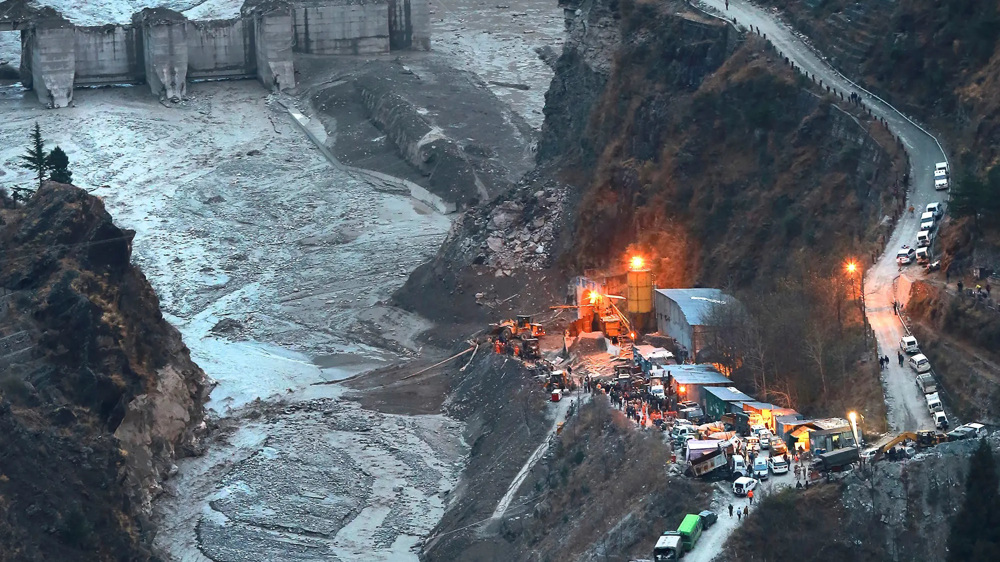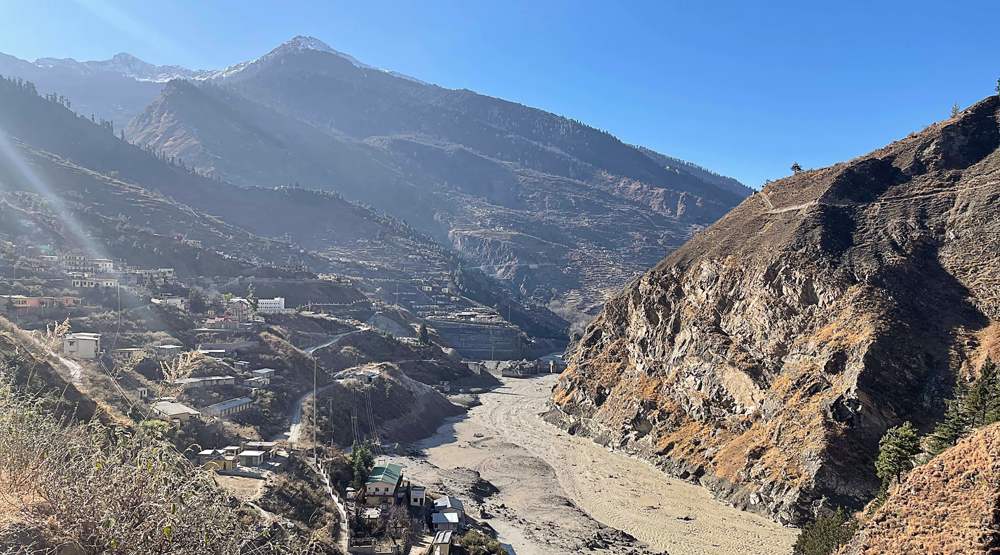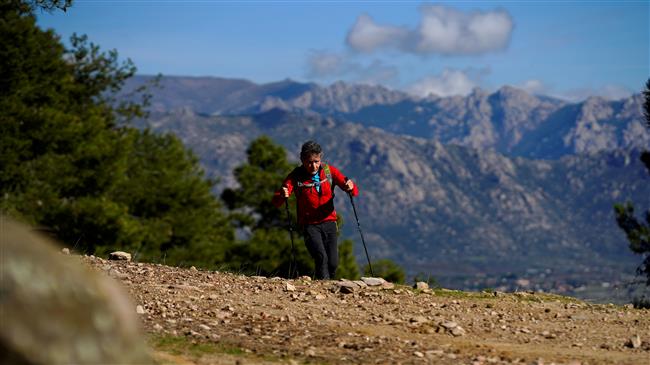Avalanche in Indian Himalayas kills at least 10; dozens missing
At least 10 people have been killed and 18 others are missing after an avalanche struck climbers in the Indian Himalayas.
Dozens of mountaineer trainees were trapped in the avalanche on Tuesday morning near the summit of Mount Draupadi Ka Danda-II in the northern state of Uttarakhand.
Due to the severity of the incident, the Indian Air Force came to assist with rescue efforts before the start of heavy snow and rain, but then had to abandon the search during the night due to the blizzard and the intensity of the rain and reduced visibility.
After rescue operations resumed in the morning, the Uttarakhand state police force said in a statement that rescue teams were able to recover the bodies of 10 climbers.
So far, 14 people have been rescued from the avalanche site at an altitude of 4,900 meters (16,000 feet) above sea level, and according to the police, 5 people have been taken to a local hospital in Uttarkashi region for treatment of their injuries.
The Uttarakhand chief minister said, Savita Kanswal, an expert mountaineer who had climbed Everest earlier this year, was also among those killed in the accident.
Kanswal was the coach of the expedition, which was praised by the mountaineering community for climbing the world's highest peak in less than 16 days, which was a new record in the field.
Ridhim Aggarwal, spokesperson of the State Disaster Management Agency, said that the climbers were stuck in a crevasse after the avalanche hit.
According to Devendra Singh Patwal, a senior disaster management official, two Air Force helicopters were dispatched to the site to help search for the injured and the missing.
Fatal incidents are common in the Himalayas and on several high peaks of the world.
In August, the body of a climber was found two months after he fell into a crevasse while traversing a glacier in the neighboring state of Himachal Pradesh.
Last week, the body of Hilaree Nelson, a famous American mountaineer and skier, was found on the slopes of Mount Manaslu in Nepal after she disappeared while skiing on the eighth highest mountain in the world.
Although no scientific research has been conducted on the significant effects of climate change on the dangers of climbing in the Himalayas, many climbers believe that the gaps between the mountains have widened due to the increase in water flowing down the slopes of the mountains that were previously covered with snow.
American warplane downed after Yemeni attacks 'baffled' US air defense: Ansarullah
VIDEO | Yemenis praise the military for its successful operations against Israel
VIDEO | Israel continues to bomb Gaza homes
VIDEO | An insider's view of the country: Meybod City in Yazd
‘All wars have rules. All of those rules have been broken’ by Israel
VIDEO | Report flags India’s violation of rights of Rohingya detainees
Turkey's foreign minister meets Syria's de facto leader in Damascus
VIDEO | US Syria plots












 This makes it easy to access the Press TV website
This makes it easy to access the Press TV website